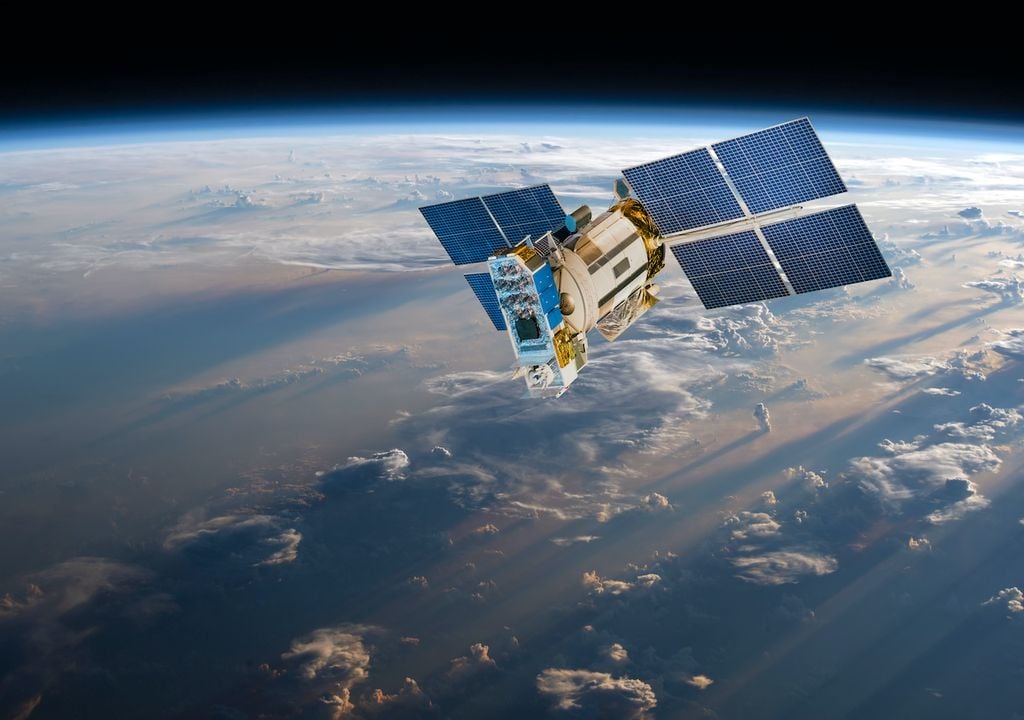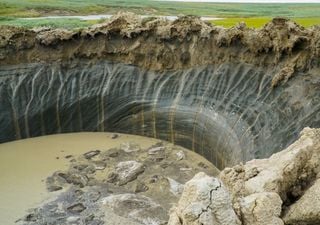EarthCARE satellite launched to study effects of clouds and aerosols on global warming
A new satellite was launched yesterday to observe clouds and aerosols. Find out about the launch and how it can help better understand climate change.

A new satellite designed to enhance our understanding of clouds and aerosols and their impact on climate change has been launched following over three decades of planning. The EarthCARE satellite, first proposed by Professor Anthony Illingworth from the University of Reading, represents a significant achievement in international collaboration and scientific innovation.
LIFTOFF for #EarthCARE! pic.twitter.com/QolbDRYVL6
— ESA Earth Observation (@ESA_EO) May 28, 2024
A long-awaited launch
Originally proposed in 1993 and adopted by the European Space Agency (ESA) in 2004, EarthCARE was launched into orbit from California, USA on a SpaceX Falcon 9 rocket on 28th May at 23:20 BST (28th May, 15:20 local time). The mission has involved several collaborators in the UK as well as international partners.
Will you be watching the #EarthCARE satellite blast off on a @SpaceX rocket tonight?
— Uni of Reading (@UniofReading) May 28, 2024
We spoke to Prof. @RobinJHogan & Prof. Anthony Illingworth from @UniRdg_Met about the impact this mission could have on our understanding of climate change.
Find out when and where to watch ️ https://t.co/MVhZJExUcp pic.twitter.com/ir3fFFEtcq
Robin Hogan, who is a principal scientist at ECMWF and a professor at the University of Reading, said this is going to be a game changer in further understanding the climate system and how much warming we are going to get in the future.
What will be onboard?
Equipped with four instruments, EarthCARE will deliver novel insights into the interactions between clouds, aerosols, and the Earth’s climate. These instruments include a new lidar and radar system, a radiometer, and a multi-spectral imager. The lidar and radar will provide detailed vertical profiles of clouds. A radiometer and imager powered by a solar panel are also onboard.
Clouds play a crucial role on the Earth's radiation balance and hence regulating temperatures. Nevertheless, there is a lack of consensus among climate models regarding the precise influence of clouds and aerosols on global warming. One possible scenario is a reduction in the overall cloud cover which would result in less sunlight being reflected back into space, thereby amplifying global warming.
The sophisticated instruments onboard EarthCARE aim to address such uncertainties by providing detailed data on cloud structure and aerosol distribution. As a result, climate models could be refined allowing an improvement in our understanding of future climate scenarios and in turn more well-informed policy decisions could be made.
How long and where will the satellite operate?
The EarthCARE satellite is scheduled to operate for at least three years and will circle the Earth every 90 minutes at an altitude of approximately 400 km. The orbit of the satellite is designed so that it will cross the equator during the early afternoon to allow better daytime observations.
News reference:








